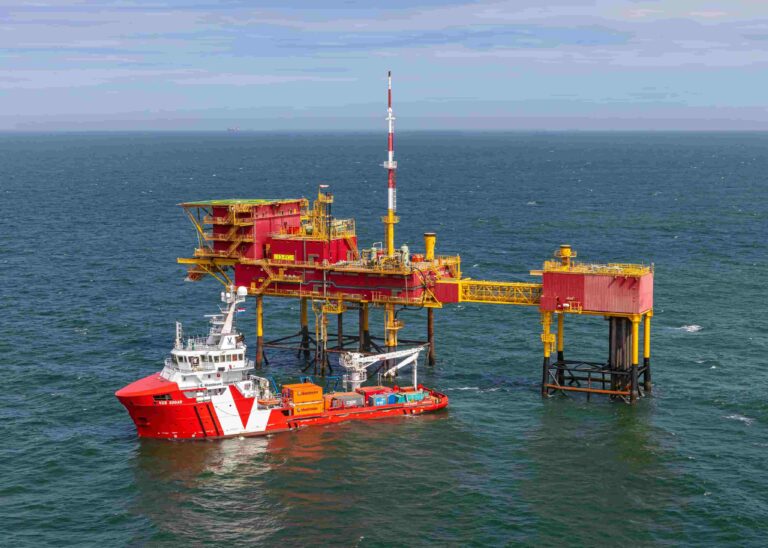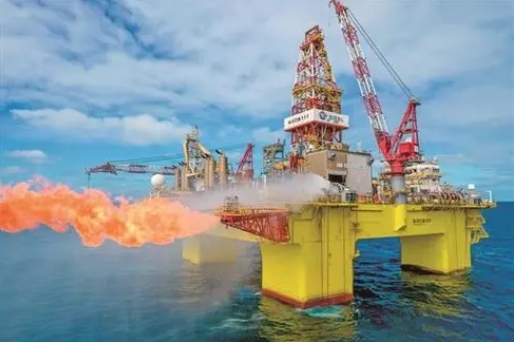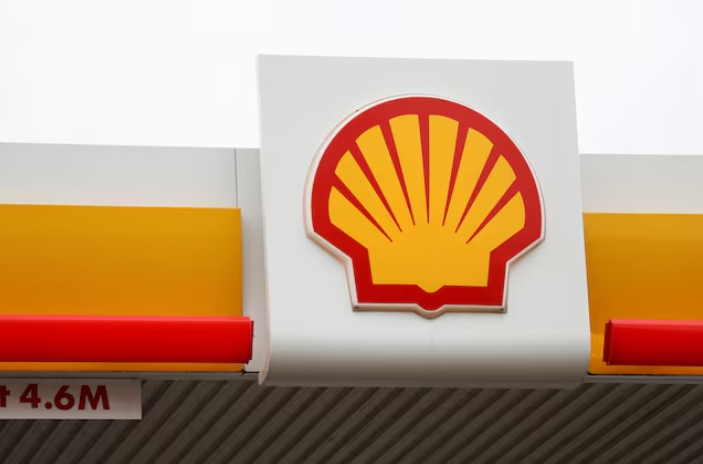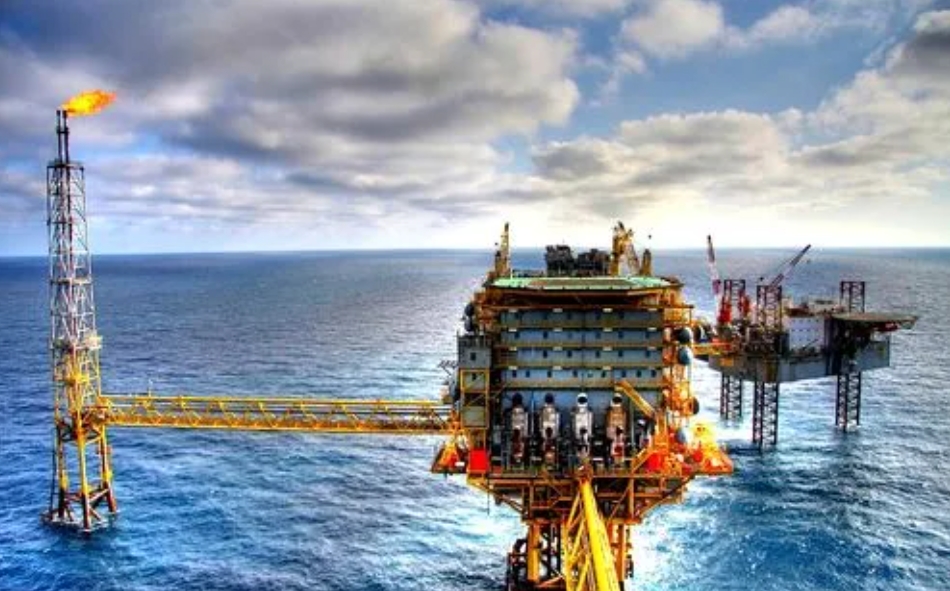
Tenaz Energy will get its hands on substantially all of NAM’s offshore exploration and production business, including associated pipeline infrastructure and onshore processing in the Netherlands, bar those in the Ameland area, for a base consideration of €165 million (around $179.7 million), before closing adjustments and contingent payments. With an effective date of January 1, 2024, the acquisition is expected to close in mid-2025, following statutory merger clearances and operational transition activities.
According to the Canadian player, this transaction delivers on its mergers and acquisitions strategy, as the firm is focused on acquiring a high margin, low-decline asset base with high-capacity infrastructure, low-risk development opportunities, and future exploration upside. This acquisition is expected to add production of nearly 11,000 boe/d (99% TTF2 natural gas) and 53.6 million boe of total proved plus probable reserves. In 2023, the offshore gas fields that are part of this acquisition together produced 1.1 billion m3 of gas, enough to supply almost 1 million Dutch households for a year.
With expectations of generating around €90 million (about $97.99 million) of free cash flow in 2024 based on current strip prices, Tenaz claims that NOBV’s cash flow profile is underpinned by a combination of physical fixed-price and collar hedges for 2024 through 2026. The firm intends to fund the closing of the acquisition through a combination of interim free cash flow between the effective date and closing, a €23 million (close to $25.04 million) deposit paid to NAM, cash on hand, and available capacity under a new credit and delayed draw term loan facility with National Bank of Canada (NBC).
The Canadian company’s current estimate of required cash-to-close is approximately €30 million ($32.66 million) assuming a mid-year closing date. Upon completion, Tenaz is convinced that it will turn into the second largest operator in the Dutch North Sea, as NOBV’s production accounts for around 20% of gas production in the DNS, which is 87% operated by the Shell-ExxonMobil JV. The firm believes the acquisition will generate significant accretion in all key metrics, including production, reserves, cash flow, free cash flow, and net asset value per share.
Anthony Marino, President & CEO of Tenaz, commented: “This acquisition is an important step in our strategy of securing value enhancing acquisitions that have substantial organic investment opportunities. We welcome NOBV’s workforce of highly skilled and experienced professionals who will be critical to the continued success of Tenaz. We are delighted to invest in the revitalization and sustainability of the Netherlands energy industry, and we look forward to establishing our Dutch headquarters near the existing NOBV office in the Netherlands.”
Tenaz bringing six hubs and two core production areas into its fold
Moreover, Tenaz’s portfolio will now be enriched with upstream assets consisting of a portfolio of production and exploration licenses in the DNS, comprising 2,415 net square kilometers (approximately 600,000 net acres) in shallow water at an average water depth of 34 meters, about 60 km offshore. The current production of around 11,000 boe/d, which is predominantly from the Permian-aged Rotliegend Sandstone at an average depth of 3,500 meters, is from six hubs and two main production areas, the Joint Development Area (JDA) and the L02/L09 fields.
While the low base production decline rate is approximately 10%, the Canadian player points out that the acquired asset base is replete with identified workover and optimization projects, infill drilling opportunities, and exploration prospects. With capital reinvestment into the assets remaining low for over a decade, only 0.5 net wells have been drilled on NOBV license interests over the past five years, and no capital investment is planned for 2024. As a result, Tenaz thinks there is a “significant opportunity” for reinvestment.
“Our evaluation of NOBV has determined that there are several years of workover and optimization projects, at least thirty potential development drilling locations, and more than eighty exploration leads and prospects on this extensive offshore license base. Exploration and development potential is enhanced by the presence of 3D seismic surveys over substantially all of the asset base, including a high-effort Ocean Bottom Node survey acquired on the JDA in 2022 which is still undergoing processing,” elaborated the Canadian firm.
Therefore, Tenaz plans to initiate a high-return workover program on the existing well stock and phase in a development drilling program over time, expecting to drill the most prospective of the identified exploration prospects to offset base production decline and generate moderate production growth. The gas produced from the JDA and L02/L09 areas is transported to and processed at the Den Helder gas plant, which processes roughly 50% of all gas produced in the DNS.
Afterward, this is delivered into the national gas grid, while condensate is transported to customers via inland vessels. While JDA high calorific content (HiCal) gas is transported via the West Gas Transport (WGT) system, low calorific content (LoCal) gas is transferred via the LoCal pipeline. On the other hand, the L02/L09 area production is transported via the Northern Offshore Gas Transport (NOGAT) pipeline with some of the non-operated assets produced through the Noordgastransport (NGT) system.
Once the acquisition is complete, Tenaz will take over the operator role at all three gas processing trains at Den Helder and the LoCal pipeline feeding into it, thus, the firm’s ownership in the midstream assets will be 45.6% in the JDA LoCal system, alongside 31.1% and 23.0% in the K13 and K13 extension portions of the WGT HiCal system respectively. Additionally, the company will become a contract operator of the NOGAT portion of Den Helder, however, it will not have an ownership position in or operate the pipeline feeding it.
The firm will not get additional interest in the NGT system and will keep its current 21.3% equity interest. Aside from a base payment at closing, three potential contingent payments to NAM may be triggered by future financial performance, exploration discoveries, and realized gas pricing. After McDaniel and Associates (McDaniel) completed an independent assessment of the reserves associated with the assets, the evaluation projected that the existing upstream assets would have a remaining economic production life of 22 years.
Martijn van Haaster, NAM’s Director, highlighted: “With this sale, we are concluding our 60 years of offshore activities and a new chapter is starting for our colleagues and for NAM. Of course, this also means that we will have to say goodbye to colleagues and that always hurts.
“But at the same time, with Tenaz Energy as the new owner and operator, a positive impulse will be given to the desired acceleration of offshore gas production. That is good for the employees involved and that is good for the Netherlands.”



